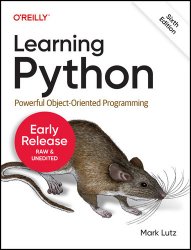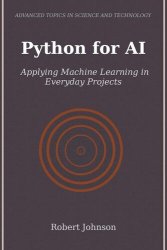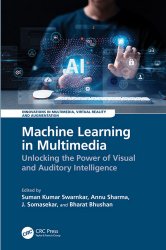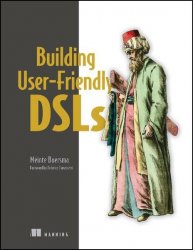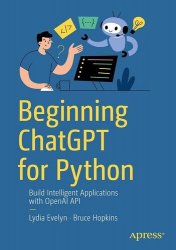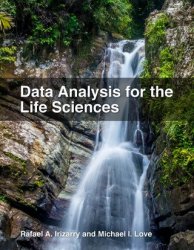 Название: Data Analysis for the Life Sciences
Название: Data Analysis for the Life SciencesАвтор: Rafael A. Irizarry, Michael I. Love
Издательство: Leanpub
Год: 2021-03-17
Страниц: 511
Язык: английский
Формат: pdf (true)
Размер: 10.6 MB
The unprecedented advance in digital technology during the second half of the 20th century has produced a measurement revolution that is transforming science. In the life sciences, data analysis is now part of practically every research project. Genomics, in particular, is being driven by new measurement technologies that permit us to observe certain molecular entities for the first time. These observations are leading to discoveries analogous to identifying microorganisms and other breakthroughs permitted by the invention of the microscope. Choice examples of these technologies are microarrays and next generation sequencing. This book will cover several of the statistical concepts and data analytic skills needed to succeed in data-driven life science research. We go from relatively basic concepts related to computing p-values to advanced topics related to analyzing high-throughput data. Throughout the book we will describe visualization techniques in the statistical computer language R that are useful for exploring new data sets. For example, we will use these to learn when to apply robust statistical techniques.
While statistics textbooks focus on mathematics, this book focuses on using a computer to perform data analysis. Instead of explaining the mathematics and theory, and then showing examples, we start by stating a practical data-related challenge. This book also includes the computer code that provides a solution to the problem and helps illustrate the concepts behind the solution. By running the code yourself, and seeing data generation and analysis happen live, you will get a better intuition for the concepts, the mathematics, and the theory. The book was created using the R markdown language and we make all this code available to the reader. This means that readers can replicate all the figures and analyses used to create the book.
We will then move on to an introduction to linear models and matrix algebra. We will explain why it is beneficial to use linear models to analyze differences across groups, and why matrices are useful to represent and implement linear models. We continue with a review of matrix algebra, including matrix notation and how to multiply matrices (both on paper and in R). We will then apply what we covered on matrix algebra to linear models. We will learn how to fit linear models in R, how to test the significance of differences, and how the standard errors for differences are estimated. Furthermore, we will review some practical issues with fitting linear models, including collinearity and confounding. Finally, we will learn how to fit complex models, including interaction terms, how to contrast multiple terms in R, and the powerful technique which the functions in R actually use to stably fit linear models: the QR decomposition.
In the third part of the book we cover topics related to high-dimensional data. Specifically, we describe multiple testing, error rate controlling procedures, exploratory data analysis for high-throughput data, p-value corrections and the false discovery rate. From here we move on to covering statistical modeling. In particular, we will discuss parametric distributions, including binomial and gamma distributions. Next, we will cover maximum likelihood estimation. Finally, we will discuss hierarchical models and empirical Bayes techniques and how they are applied in genomics.
Скачать Data Analysis for the Life Sciences
[related-news] [/related-news]
Комментарии 0
Комментариев пока нет. Стань первым!

